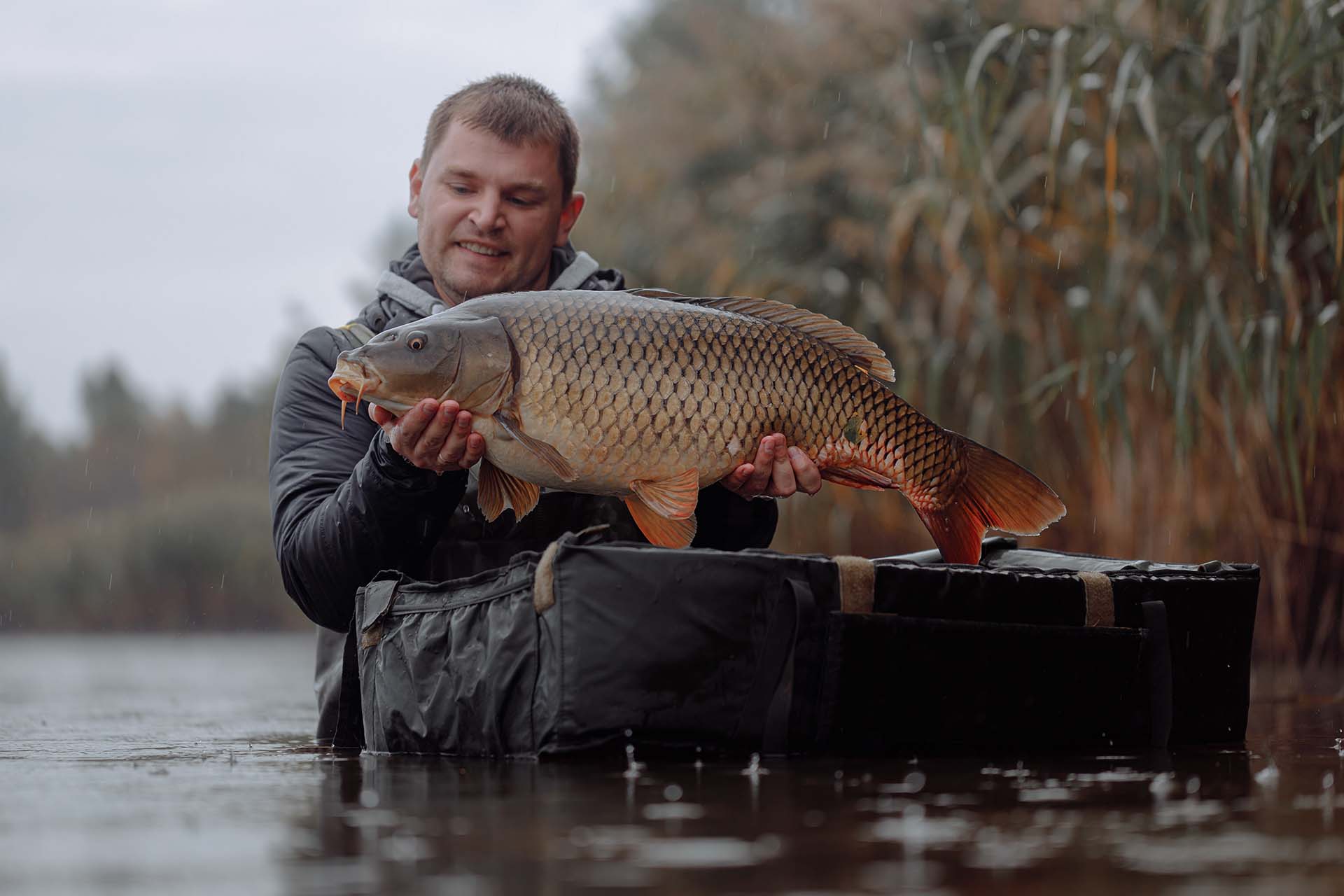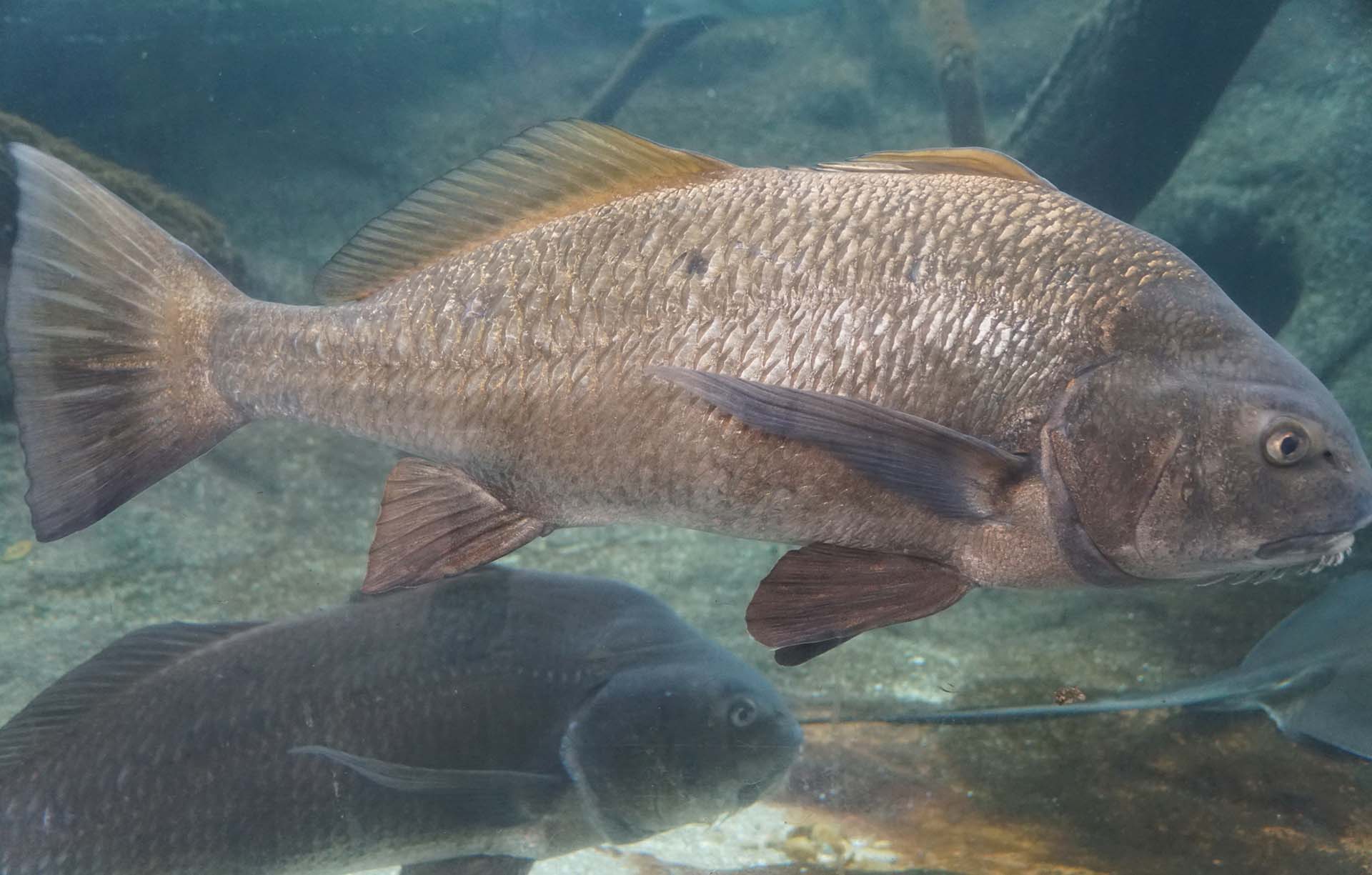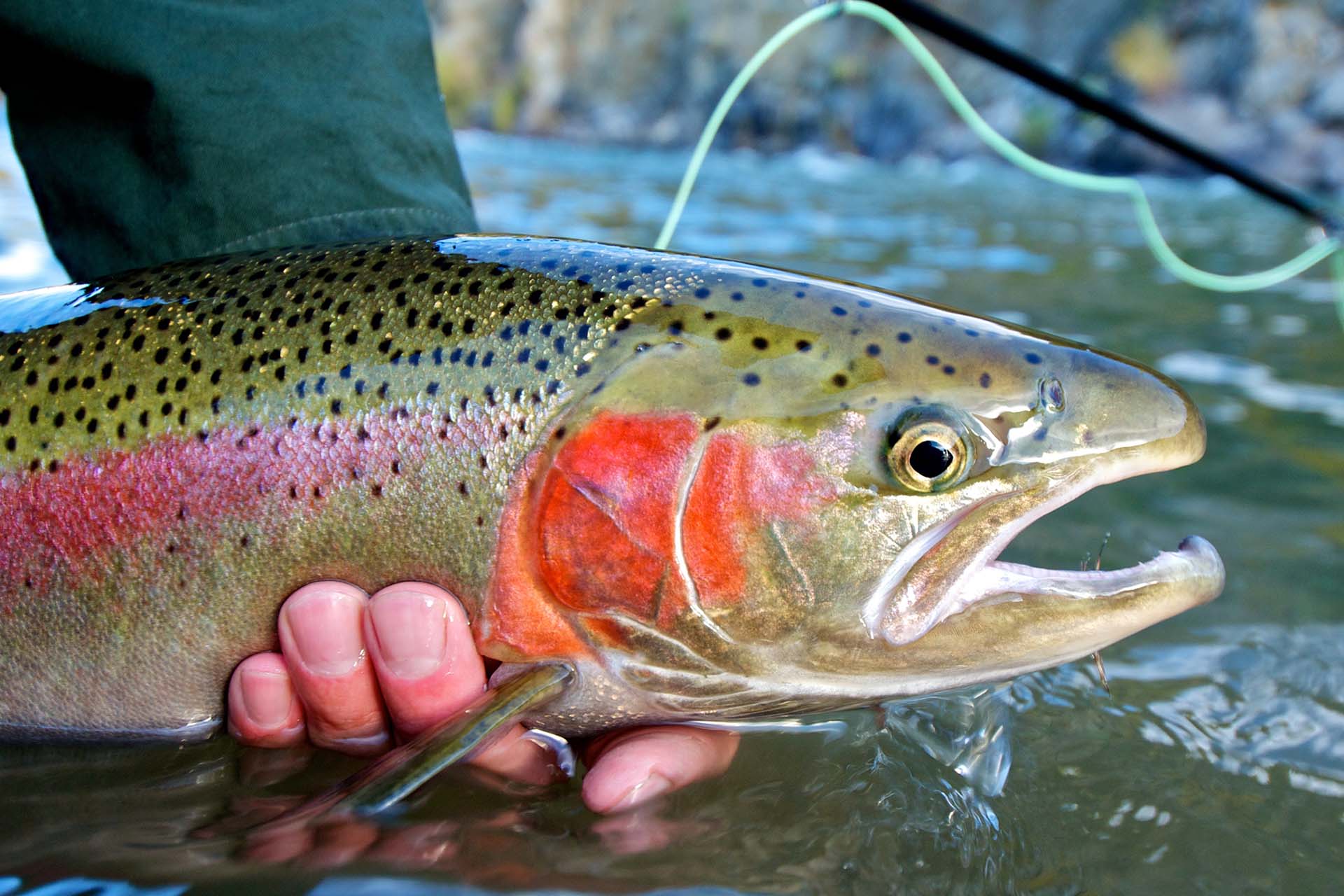Picture a future where every cast is a pledge to the sea, and every haul tells a tale of respect and balance. Just consider that annually, over 77 billion kilograms (approximately 170 billion pounds) of marine life are extracted from the oceans by fishing activities. So, sustainable fishing practices are more than some ethical aspects. They are a need if we want to preserve and the lives beneath waves thrive.
Ethical angling practices aim to maintain marine ecosystems while meeting angling needs, emphasizing the importance of responsible practices to preserve fish populations and ocean health. It highlights the critical decline of species like bluefin tuna due to overfishing and the role of sustainable methods in combating this issue. These practices not only protect marine biodiversity but also support the livelihoods of coastal communities
What Is Considered a Sustainable Approach in Fishing?
Sustainable angling is like the guardian of the seas. It’s the art of landing your target fish species without tossing the ocean’s harmony overboard. This approach is all about smart, thoughtful casting – taking what we need while ensuring the sea’s pantry stays well-stocked for the future. All in all, it’s angling with foresight, where every net cast and line dropped is done with care, keeping the underwater world bustling and balanced.
Why Are Sustainable Fishing Methods Important?
Lately, our relationship with nature has been a bit rocky. We’ve taken more than our fair share, leaving the sea struggling to keep up. Take the case of the bluefin tuna, recognized as one of the planet’s swiftest and largest fish. Its highly prized meat, frequently consumed raw in sushi dishes, has led to a surge in market value and posed a significant risk to its numbers. Current estimates suggest that the spawning population of bluefin tuna is only about 21 to 29 percent of what it was in 1970.
That’s where this type of angling casts a lifeline, creating a wave of change and ensuring our aquatic adventures don’t leave the seas high and dry. Here’s why these methods are making a splash:
- They combat overfishing, ensuring we don’t deplete fish stocks faster than they can replenish,
- Eco-friendly practices protect the intricate web of marine life, so every creature, big and small, plays its part in the ocean’s symphony,
- They make sure our blue planet stays bountiful and beautiful, not just for us, but for every future angler dreaming of the big catch.
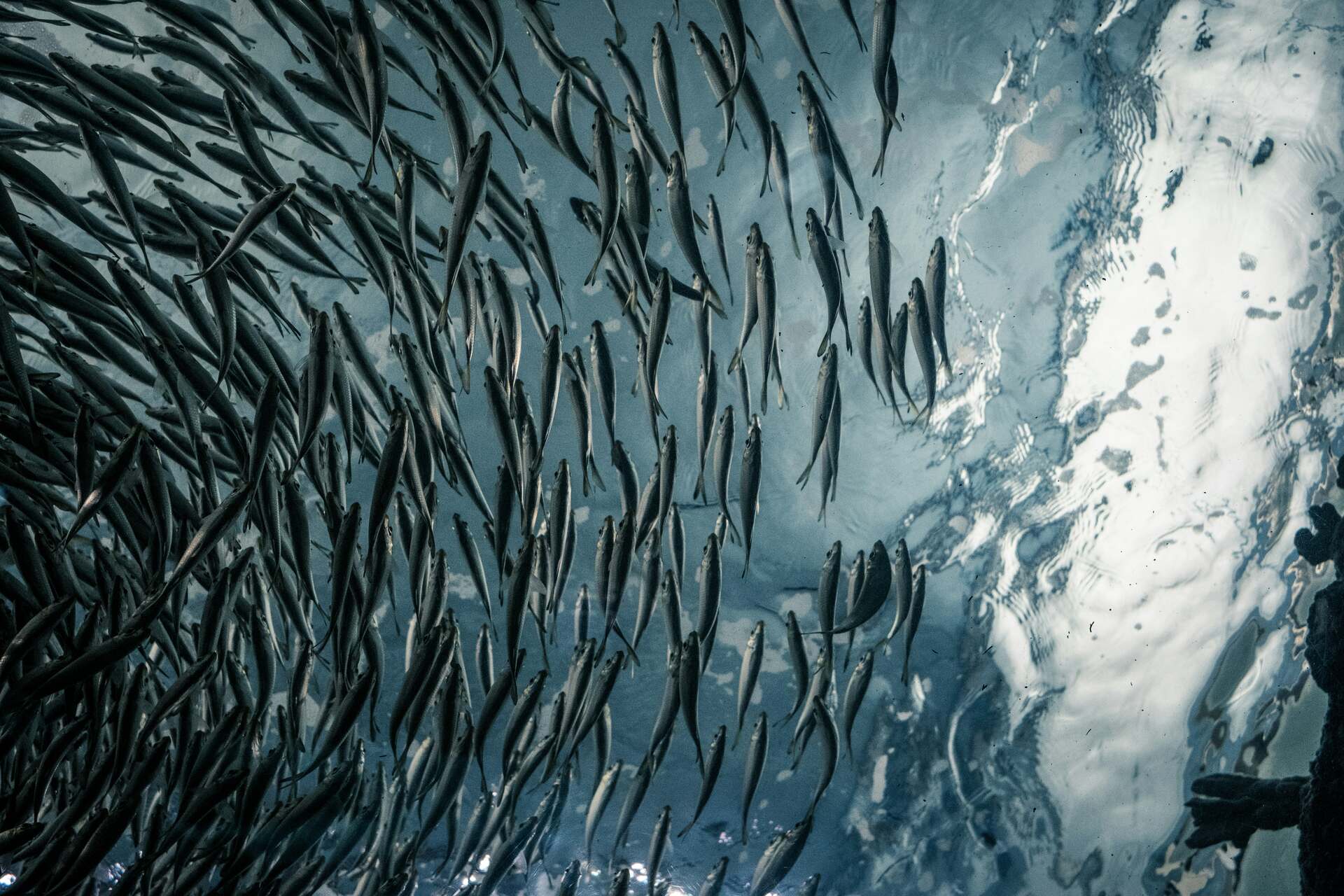
Reeling In Eco-Friendly Angling – What Are the Benefits of Sustainable Fishing Practices?
Dipping into the world of sustainability is like joining a party where everyone – from the tiniest plankton to the mightiest tuna, and yes, even us anglers – gets to have a good time. Here’s a deeper dive into how these methods are making waves for the better:
Healthy Fish Populations
Sustainable fishing is like a well-managed fish nursery. It ensures that fish populations don’t just survive but thrive. By respecting catch limits and seasons, we help maintain a natural balance, allowing fish stocks to regenerate and mature. If you’ve ever made a fish pond in your own backyard, you know just how important this mindful approach is. It keeps the underwater dance going, all while securing a vibrant, teeming sea for generations of fish tales yet to come.
Marine Conservation
Imagine the ocean as a bustling underwater metropolis, each species playing a crucial role in the city’s dynamics. Sustainability is like the city planner of this aquatic world, ensuring that every creature, from the algae to the apex predators, thrives in harmony. By avoiding destructive methods and protecting critical habitats like coral reefs and mangroves, we’re doing our due diligence in preserving biodiversity.
Economic Stability for Coastal Communities
For coastal communities, the sea is more than just a pretty backdrop – it’s a way of life. Sustainable practices cast a safety net for these communities, offering a blueprint for harvesting the ocean’s bounty without plundering it. It ensures that local economies, often built on the backs of small-scale fishers, continue to flourish. With these eco-friendly practices, we’re not just protecting jobs – we’re preserving a rich cultural heritage, ensuring that the spirit of these communities remains vibrant and alive.
What Are Best Practices When It Comes to Environmentally Conscious Fishing?
When we talk about environmentally conscious angling styles, it’s not just about the gear in your hand or the technique up your sleeve. It’s more of a holistic approach, a philosophy that intertwines your love for casting with a deep respect for nature.
It’s about understanding that each cast we make ripples through the ecosystem. But beyond mere understanding, it’s about adopting practices that ensure those ripples nurture rather than disrupt the aquatic harmony.
You Can Use Selective Angling Gear and Techniques That Minimize Bycatch
According to estimates from the UN Food and Agriculture Organisation, around 9.1 million tonnes (or 10% of the total annual catch) are thrown back into the ocean each year, with at least 20 million individuals from endangered, threatened, and protected species encountering fishing operations. Such impacts from angling activities could prevent the restoration of endangered species to viable levels. For example, in Mexico, the vaquita, a species of porpoise, frequently becomes trapped in gillnets and is now on the brink of extinction.
Minimizing bycatch and habitat disruption is like being the gentle giant in the vast ocean playground. For example, pieces such as the SILANON Barbless Fishing Hooks reduce the chances of deep hooking, helping you master the art of catch-and-release practices. Famous manufacturers, such as Eagle Claw, have a wide range of these pieces in their selection.
You can also use biodegradable lures to cast without a trace. Also, lead-free weights are a great way to go heavy on the catch, not on the nature around you. My personal favorite is the Dr. Fish Split Shot Sinker, which is completely non-toxic to both you and the environment.
Consider Size Limits and Quotas Your New Angling Buddies
Understanding and respecting size limits and quotas is like knowing the secret handshake of the ocean. Size limits ensure that the young, future stars of the sea get to grow, thrive, and contribute to their environment.
Then there’s the rhythm of seasonality, nature’s own calendar. Knowing the opening and closing dates of, for example, snapper season, if that’s your target, and honoring these dates gives this species a chance to regenerate and renew its wonders.
The same goes for the scalloping season. No matter your favorite target, it’s all about aligning your escapades with the natural ebb and flow, ensuring that your passion for the sport also pays homage to the intricate dance of marine life.

Plenty of Technological Innovations Are Advancing Sustainable Fishing Each Season
In the current tide of innovation, the fusion of tradition and technology arranges a meet-cute of age-old practices and cutting-edge tools. Thanks to that, today’s sustainable angler is equipped not just with eco-friendly gear but also with a high-tech arsenal that makes every cast a step towards a healthier ocean.
On top of your usual equipment, you’ve got things like GPS, drones, and fish finders, leading you to abundant spots while steering you clear of vulnerable habitats. These gadgets provide insight, guide your choices, and ensure that your hobby leaves a positive mark on the aquatic world. They also, let’s face it, elevate your angling game to whole new heights.

How to Do Your Due Diligence and Play a Part in Ocean Biodiversity Protection
Taking the helm in the movement towards sustainable seas doesn’t need to stop at just mindful casting. You can also dive deep into the currents of local initiatives and community efforts. It’s in these grassroots movements that the tide truly turns. Here are some things you can try out:
- Join local conservation groups and connect with like-minded individuals to amplify your impact,
- Participate in clean-up drives and remove debris from your favorite angling spots,
- Support local sustainable fisheries management by choosing catches from fishermen who employ the methods we’ve discussed,
- Stay informed about marine conservation and share your knowledge with your community,
- Let your voice be heard in local governance, advocating for policy change and supporting laws that protect marine life.
A Sustainable Seafood Guide for Making Informed Choices in Your Daily Life
Last but certainly not least, the journey towards sustainable seas doesn’t end at the shore – it continues onto your plate. Responsible seafood consumption should be at the top of your kitchen’s priority list, making sure your choices align with your overall values. This approach will help you discern which seafood is caught or farmed responsibly, ensuring that your culinary delights don’t contribute to the depletion of marine populations.
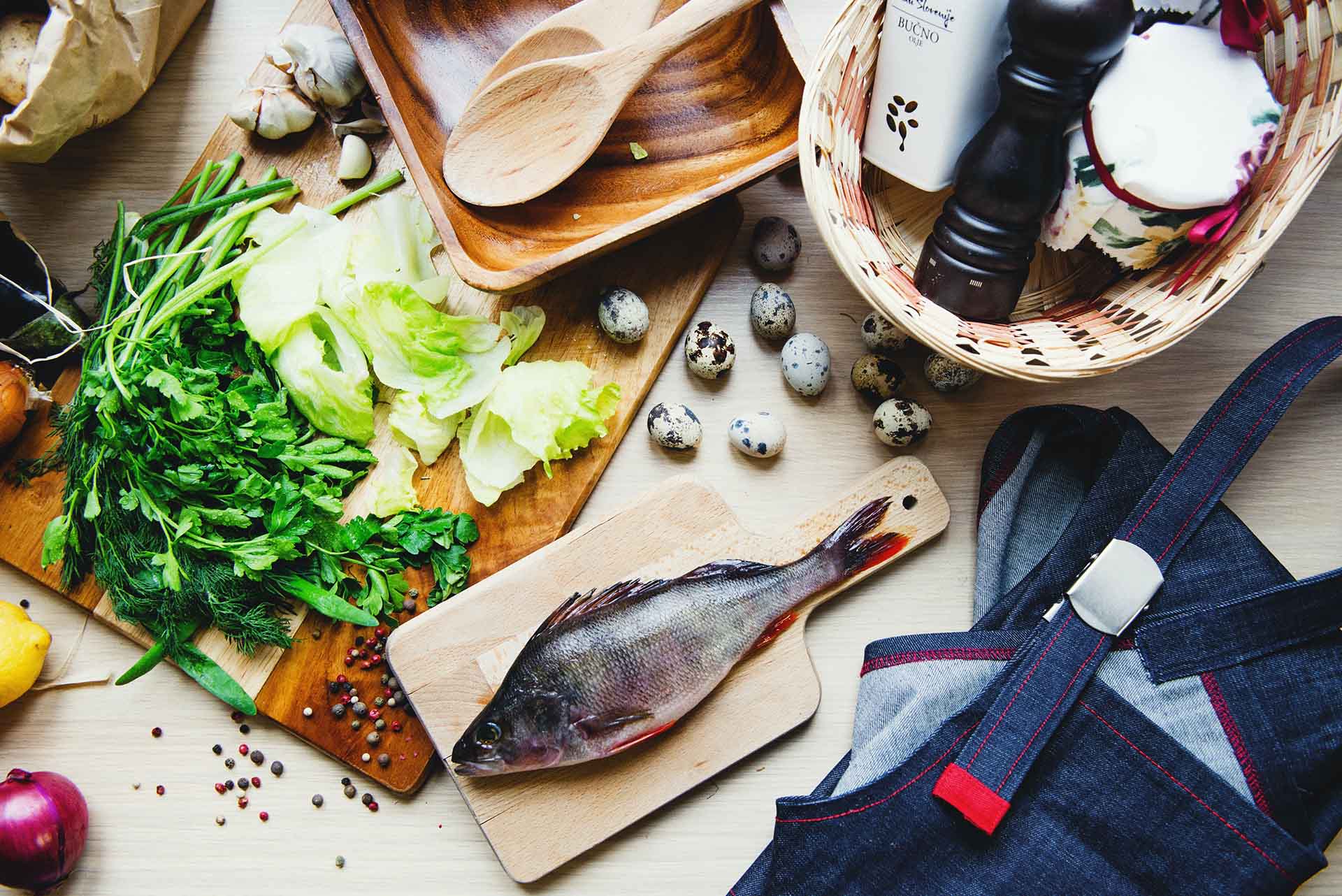
Casting a Greener Net and Landing the Catch of Conscious Choices
As we reel in our discussion, remember that each one of us holds the rod that can either deplete or deepen the life of our oceans. In this regard, embracing sustainable practices becomes a true celebration of the sea and its myriad inhabitants.
So, whether you’re an angler, a seafood connoisseur, or simply someone who treasures our blue planet, let’s pledge to keep our waters vibrant and teeming. Together, let’s make every cast, every choice, and every catch a testament to our respect and love for the aquatic world.
Frequently Asked Questions
How Does Sustainable Fishing Benefit the Local Community?
Sustainable fishing benefits the local community by preserving fish populations for future generations, ensuring continued employment in this industry. It also fosters a healthier marine ecosystem, which can boost tourism and local recreation, contributing to the economic stability of the area. Furthermore, it promotes a local food supply, reducing dependency on imported goods and supporting local fishermen and markets.
Can I Participate in Sustainable Fishing if I’m New to an Area?
Yes, you can participate in sustainable fishing even if you’re new to an area by educating yourself on local regulations, seasons, and size limits. Engaging with community angling groups or local fishery councils can provide further insight. Additionally, hiring local guides or attending workshops can accelerate your understanding of methods used in your specific region.
What Are Some Common Unsustainable Fishing Practices to Avoid?
Common unsustainable practices to avoid include overfishing, which depletes fish stocks faster than they can replenish, and bycatch, the unintended capture of non-target fish species. Using destructive gear like bottom trawls can damage marine habitats, and angling during spawning seasons can disrupt reproduction cycles.
What Are the Most Sustainable Types of Fish to Consume?
The most sustainable types of fish to consume are those rated as ‘Best Choices’ by seafood rating systems like the Monterey Bay Aquarium’s Seafood Watch or the Marine Stewardship Council. These usually include species that are abundant, well-managed, and caught or farmed in environmentally friendly ways, such as mackerel, sardines, and certain types of wild salmon.
How Can I Verify if My Seafood Is Sustainably Sourced?
You can verify if your seafood is sustainably sourced by looking for certifications and eco-labels from reputable organizations, such as the Marine Stewardship Council or Aquaculture Stewardship Council. Asking your seafood supplier or restaurant about the origin of the fish and the practices used can provide additional insights. Additionally, using resources like the Seafood Watch app can help you make informed choices about the seafood you purchase or consume.
More To Explore

Navigating The Waters Safely – Understanding Boat Light Requirements
Maya Brown / October 9,2024
Read More »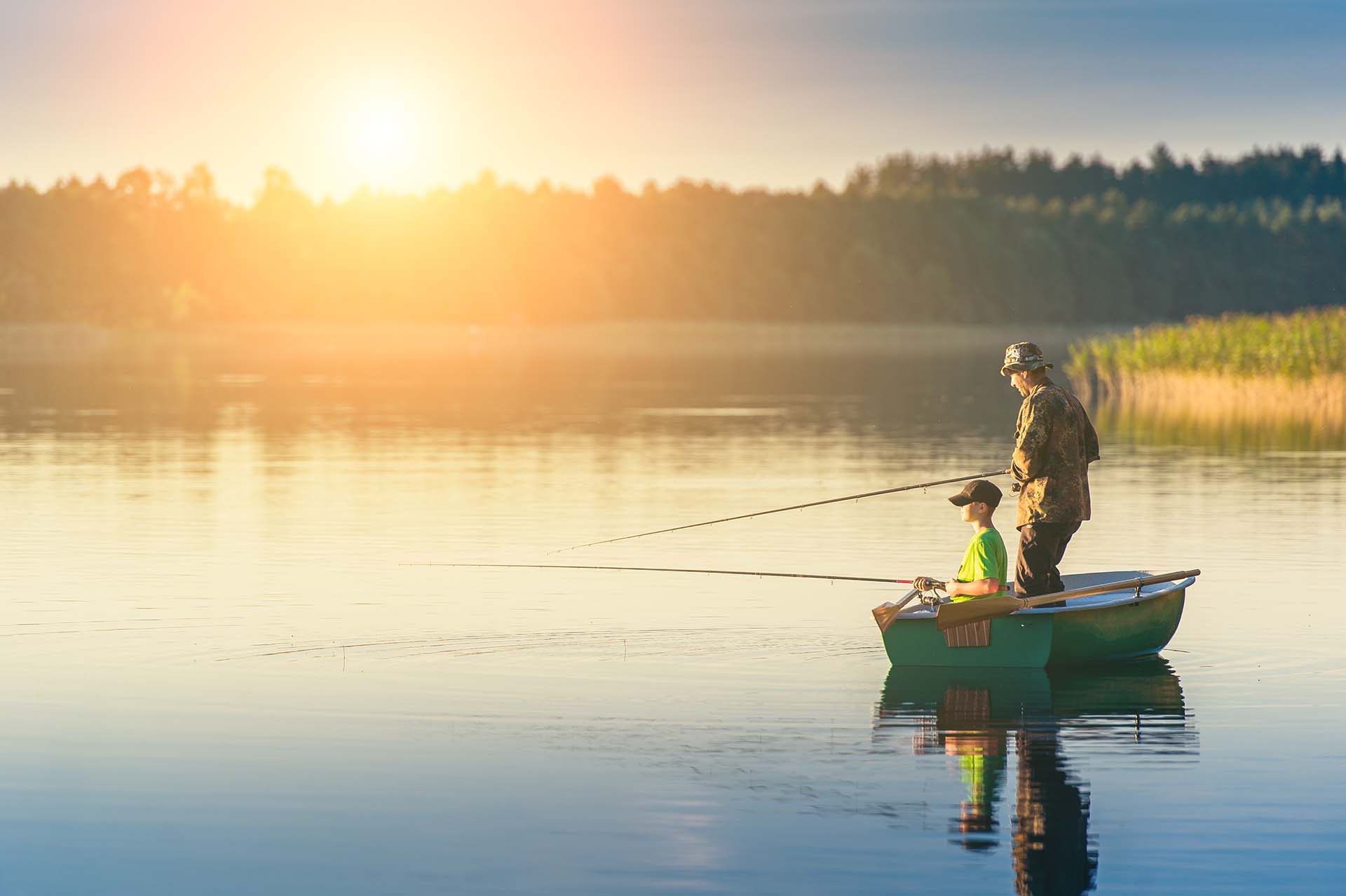
How To Protect Yourself From The Sun While Boat Fishing – Essential Tips And Strategies
Maya Brown / October 8,2024
Read More »

